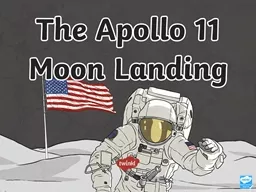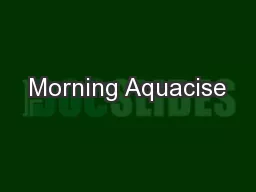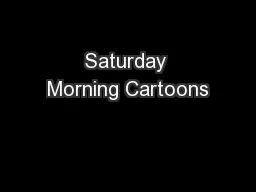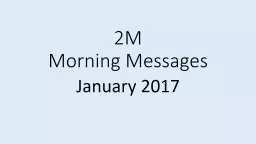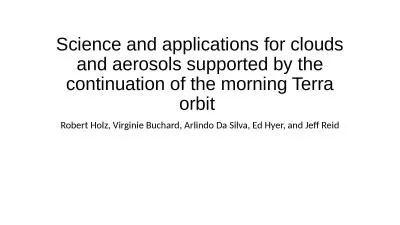PPT-On the morning of July 16
Author : christina | Published Date : 2022-02-12
th 1969 the United States of America got ready to launch its Saturn V rocket from launch pad 39A at Cape Kennedy Florida USA Photo courtesy of kelliwhitman flickrcom
Presentation Embed Code
Download Presentation
Download Presentation The PPT/PDF document "On the morning of July 16" is the property of its rightful owner. Permission is granted to download and print the materials on this website for personal, non-commercial use only, and to display it on your personal computer provided you do not modify the materials and that you retain all copyright notices contained in the materials. By downloading content from our website, you accept the terms of this agreement.
On the morning of July 16: Transcript
Download Rules Of Document
"On the morning of July 16"The content belongs to its owner. You may download and print it for personal use, without modification, and keep all copyright notices. By downloading, you agree to these terms.
Related Documents

